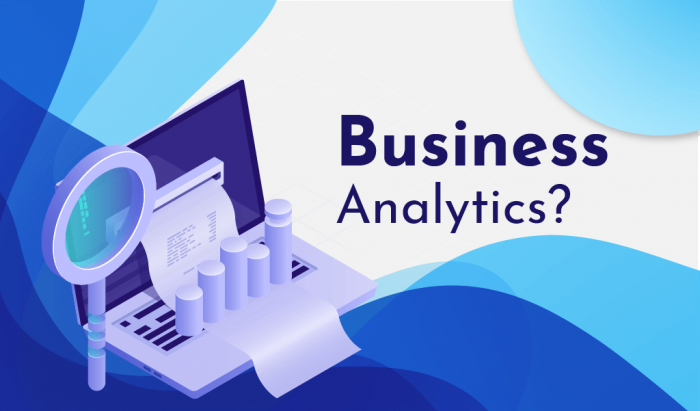Business Analytics — where is it heading to in 2020-2025? We are constantly drowning into a sea of data. Every day, enterprises mine more than 2 GB of useful data. However, the lack of tools and expertise prevent Business Analytics teams from truly analyze 100% of this data for decision making and other useful applications, such as marketing analytics, competition intelligence and research. In 2020, we expect Business Analytics Certification courses to unravel the gaps in data mining and data analytics.
But, first, what is the most contemporary industry recognized definition of Business Analytics?
According to a leading BI analysis platform provider, Business Analytics is the scientific practice of using data and data analysis tools to drive business strategies, forecast future and ascertain the best practices in business that could help enhance growth opportunities in a competitive marketplace.

Today, Big data is the heart of data analytics, and hence a key element in the future of Business Analytics.
Here are some visible transformations we are witnessing already in the Business Analytics domains, and thankfully, all these are driven by Big Data and Automation capabilities.
End to End Modeling for Predictive Intelligence
In today’s business scenario, decision makers have to stay a step ahead of the competition — and, here data helps them to achieve that level of preparedness. However, they can’t rely on stale, outdated or ambiguous data. Every data point has to be tested for veracity and accuracy.
BI tools like Sisense, Tableau, SAP HANA and others provide ample Python based libraries to extract data from data tables and analyze them using machine learning predictive intelligence algorithms. The process of leveraging ML tools for predictions in the whole value chain of data analysis is referred to as end to end modeling.
Switching to self-generated Data Reports and Visualization
The amount of data generated by BI teams has enabled analyst and Big Data teams to create self-service algorithms that can churn uncountable reports and templates for decision-making. Decision makers no longer have to rely on pre-built templates alone for BI reporting. By combining data analytics, big data capabilities, and statistical analysis, BI analyst teams can maximize the benefit of these self-service BI platforms.
These data reports and visualizations can drive new rung of innovations in the digital economy and transformational success journeys.
BI Automation
Automation can cut BI analysis rate by 75%. From a realm of science fiction, we have finally descended into the reality with automation taking away bulk of tiresome statistical challenges. With AI and Machine Learning capabilities, BI analysts are now enabled with powerful Cloud and Database management tools. Cloud structuring and Networking architecture are evolving into hyper-converged territories to ensure automation process is reliable, transparent and equipped to handle downtime.
The best Business Analytics certification online courses train candidates in new technologies. These are useful to handle ML based capabilities for database services, data access, mining and modeling, advanced BI analytics, data reporting and visualization and app development.


